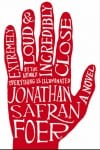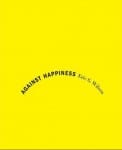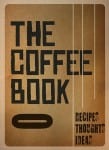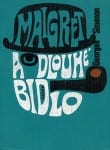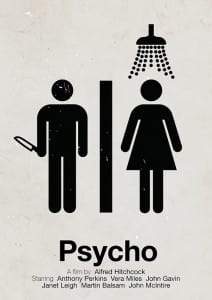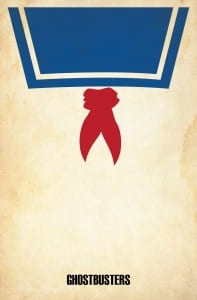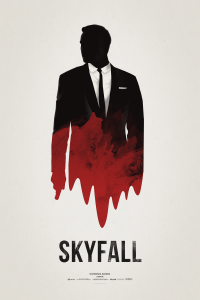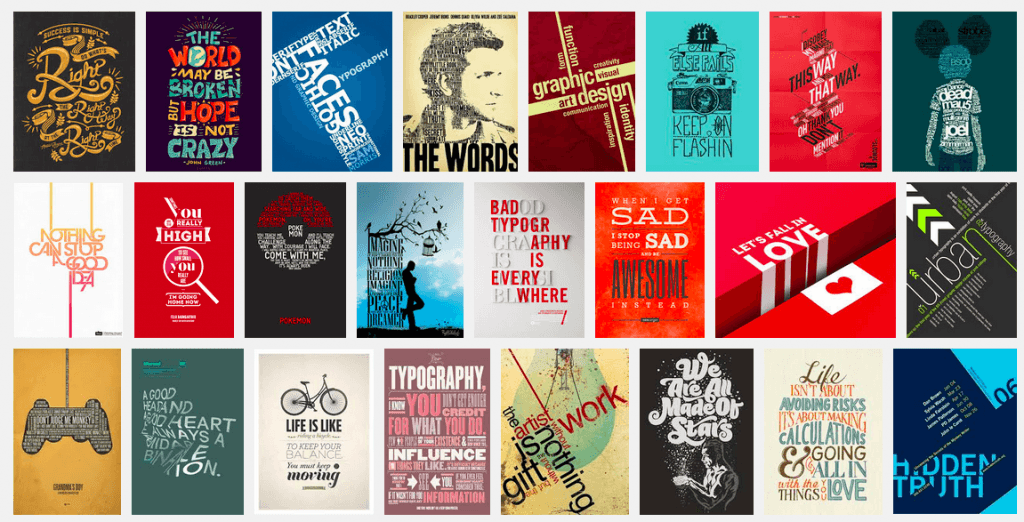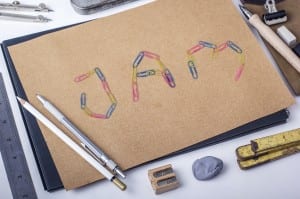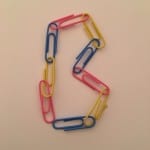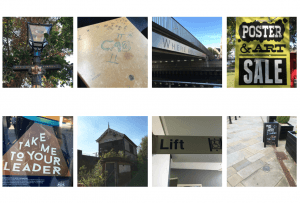I have already presented my typeface using a PSD mock-up but once I improve my design and complete it, I would like to present it on a book cover/poster, therefore I have been doing some research into book/poster design which relates specifically to my own ideas.
Books
I would want my book cover design to be text based with no illustration so I thought typographic book covers would be the key type of design to look into. I found an article that features 30 typographic book covers which I had a look at for inspiration (here). This article shows me how effective these designs can be and that I can make mine work on a cover like this. There is the option to add shapes to the design to give it something extra, or to completely simplify it and just have text. These designs stood out to me the most from the article:
Poster
The poster design will most probably be as simple as the book cover design, as it would be an advert of the book. I feel my type would be very effective on a poster as it stands out well with the colour, size and three dimension it has.
Posters “influenced the development of typography because they were meant to be read from a distance and required larger type to be produced influenced the development of typography because they were meant to be read from a distance and required larger type to be produced”
I love minimalist film posters such as these:
I plan on using text only in my poster design, so I’m wondering how well this will work. I might need a small image or to add some kind of shape design to it, but then my typeface might work well on it’s own. After googling ‘typographic posters’ the results all show very busy posters with a lot of text. I don’t know how I would create something similar to this using my typeface, as it might look quite busy/messy. I planned on creating a word or two and displaying it that way, or perhaps just individual letters in a jumble – so it’ll be interesting to see how this works for me.
